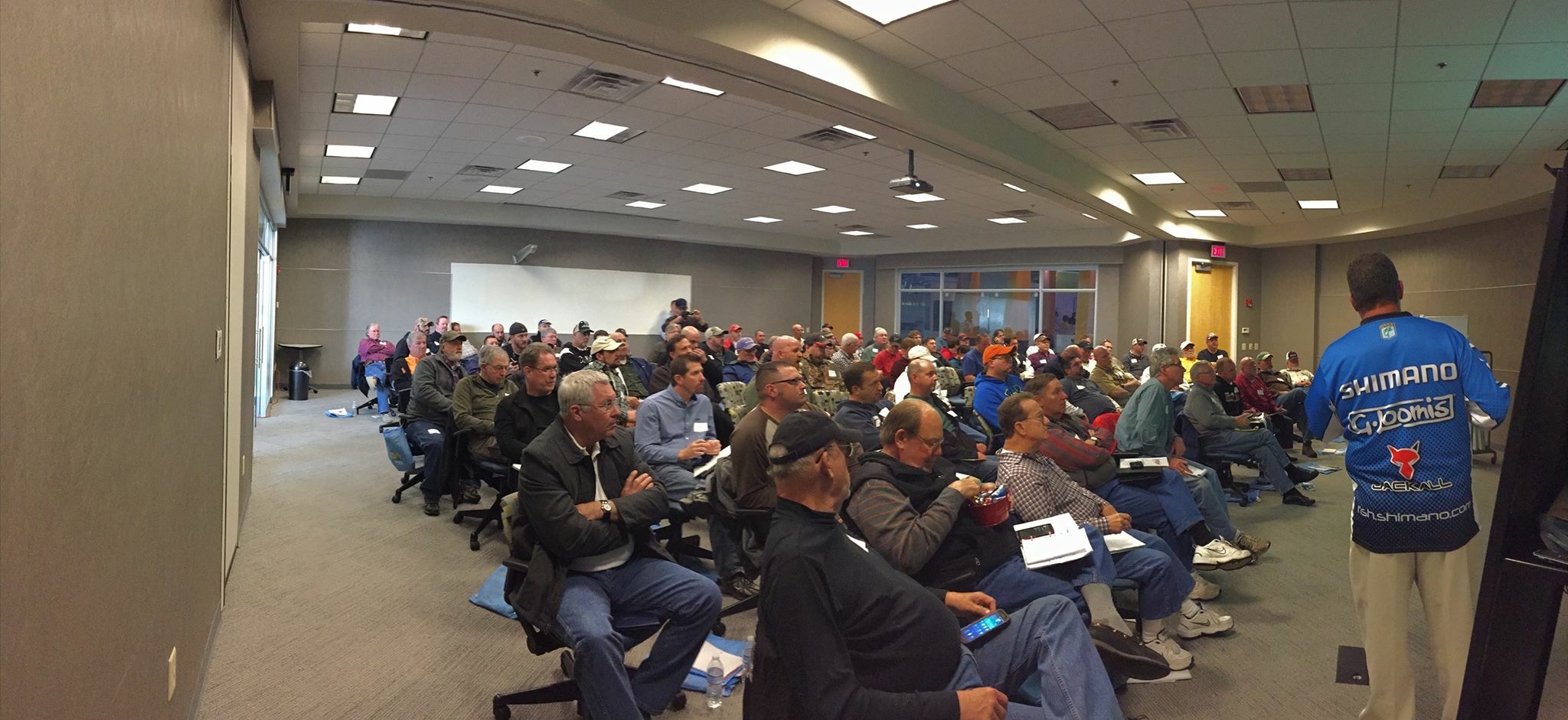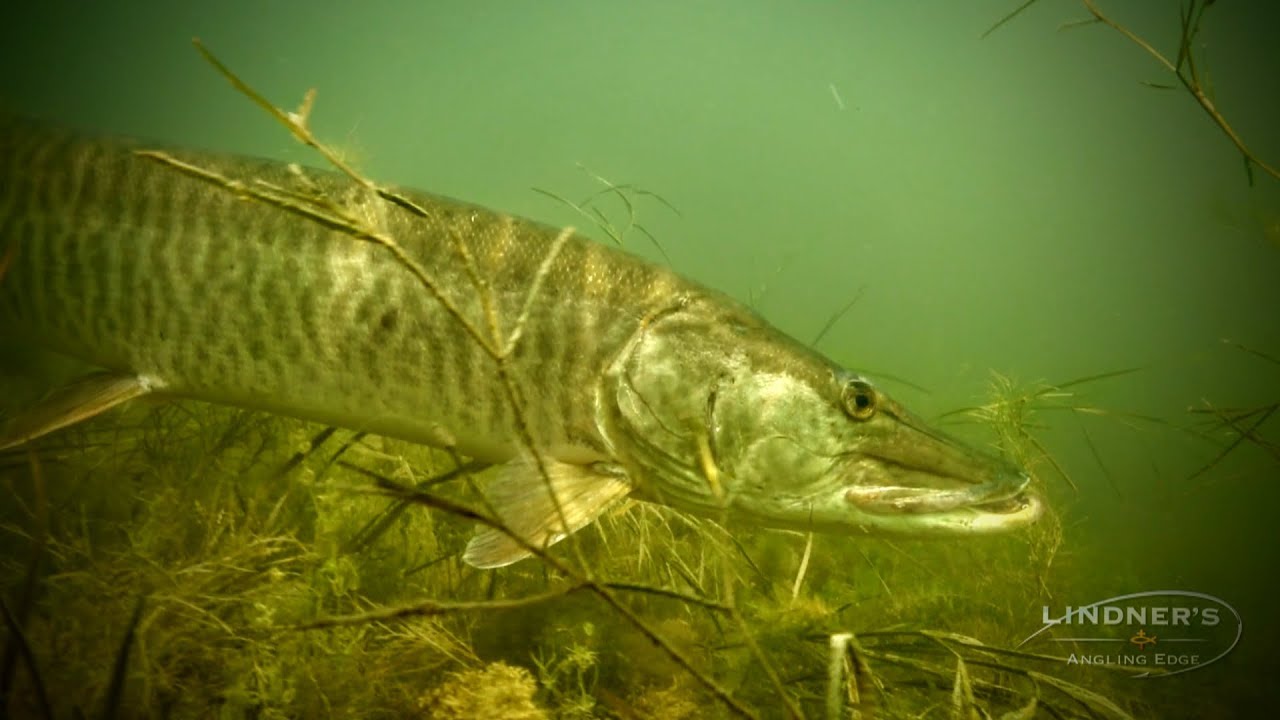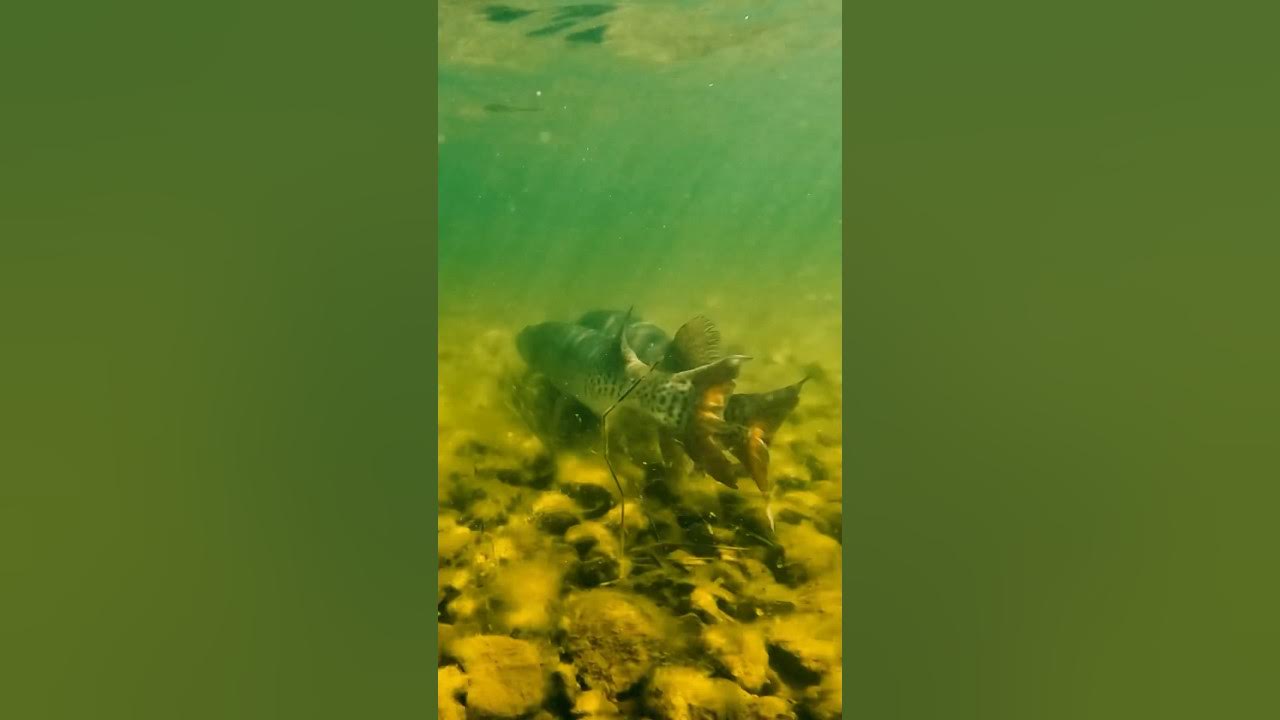SPAWNING AND WATER TEMPERATURES
There are people who visit this site that would like information or will suggest I write about a certain subject on the Northwoods, and I appreciate those requests. Then if I believe others would enjoy that topic, I would definitely give whatever information I can. So, when a friend that fishes more than most, suggested I write about spawn and post spawn fishing, I agreed.
There is more to spawning than fish dropping and fertilizing the eggs. For those who enjoy fishing on opening day, I believe this topic will help because post spawn fishing is all about location. I would think most anglers, novice or not, have heard of fall turnover, but some may not know or take into consideration that lakes also turnover in the spring. Depending on the size and depth, some lakes will turnover faster than others and some small lakes that are shallow won’t turnover. Here is my best explanation on spring turnover.
When the ice comes off the lakes the sun warms the top layer of water and with the help of the wind, the lower layer mixes with the top layer of water. This process stirs up nutrients and will cause algae to grow. This can make some lakes take on a brownish color or look cloudy, but once spring turnover is complete, water clarity will return. At this time, vegetation starts growing again. This new vegetation is producing oxygen and fish will start returning to shallow water. As the water temperatures warm, the three layers (EPILMNION, THERMCLOINE, HYPOLIMION) will be established again.
Why is this important to remember? Due to the lack of oxygen, fish WILL NOT be below the thermocline and during this time, spawning has also started. Here are the basic spawning temperatures and locations, but while most spawning usually occurs between April and May, depending on cold weather returning or passing cold fronts, these times can differ.
* NORTHERN PIKE – Spawn in shallow bays over vegetation, but as unusual as this sounds, have been known to spawn over gravel with water temperatures between 34 to 40 degrees.
* WALLEYE – When water temperature is between 46 to 50 degrees, in shallow water over rocks, gravel or rubble.
*PERCH – Can start spawning after water temperatures reach between 44 to 54 degrees and will lay eggs near shorelines over vegetation or on branches of dead trees.
*MUSKIE – Start spawning between 50 to 58 degrees in shallow bays or shorelines over thick vegetation.
*CRAPPIE – Spawning temperature is between 58 to 65 degrees over vegetation, but don’t overlook rocks or wood.
*SMALLMOUTH BASS – Spawn in a little deeper water (8 or more feet) near shorelines with hard bottoms like sand or gravel, when water reaches between 55 to 65 degrees.
*LARGEMOUTH BASS – Start spawning at 62 to 70 degrees, but unlike Smallies, can be found in (1 to 5 foot) of water over sand or fine gravel.
*BLUEGILL – Will spawn anywhere between May and August, but peak in June when water reaches 67 to 80 degrees. With Bluegills being nest builders, they prefer gravel but have been known to spawn over sand also.
As mentioned above, depending on the weather, these spawning times can/will change with the water temperatures, as cold fronts can delay spawning.
Next week’s topic is, FISHING DURNING THE SPAWNING PERIOD
PLEASE RELEASE WALLEYES OVER 24 INCHES. THESE BIG GIRLS PRODUCE MORE EGGS & LARGER WALLEYE IN THE FUTURE.




